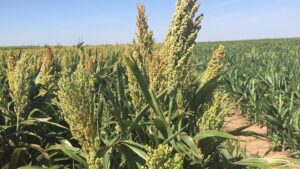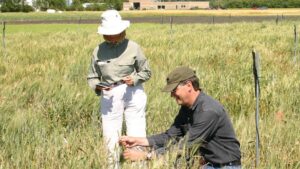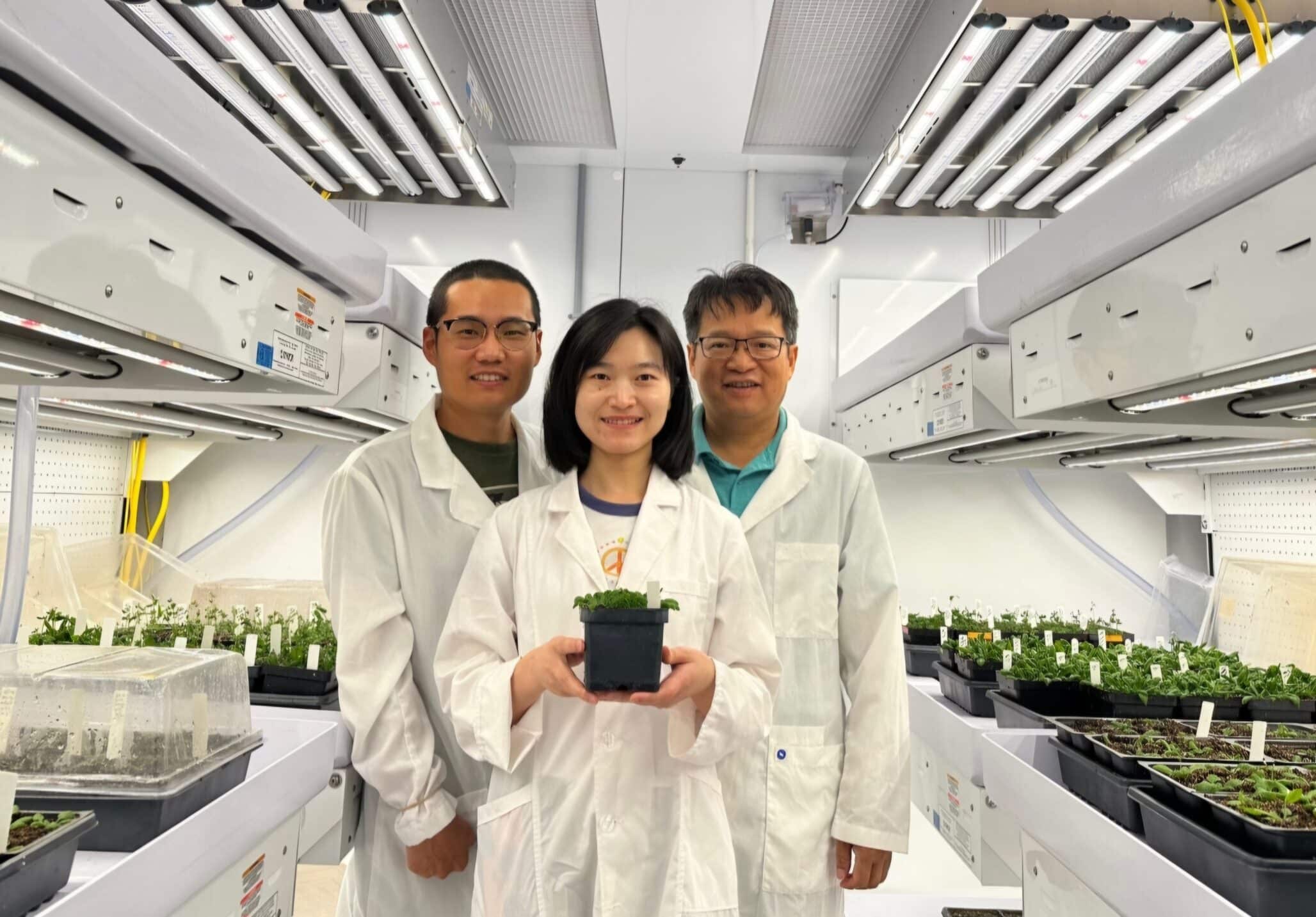Texas A&M University and Texas A&M AgriLife Research crop scientists will make a strong push in the coming years to increase food and feed production using marker-assisted breeding programs, explains David Baltensperger, head of the department of soil and crop sciences in College Station, Texas.
“Marker-assisted breeding provides the capacity to increase the number of unique genetic resources that we can screen, and also provides the capacity to screen for many traits simultaneously,” says Baltensperger. “Less than 10 years ago wheat in Texas had only two traits that could be identified easily with genetic markers — greenbugs and rust. Today, with increasing numbers of markers mapped, that number has grown to 19 key traits specific to Texas germplasm and available to the AgriLife Research wheat breeding program.”
Marker-assisted breeding will be used more and more to address abiotic and biotic stresses and crop quality characteristics, he said. Crop quality characters may vary from fiber strength in cotton to gluten binding capacity in wheat. “We now have the capability to modify these with marker-assisted selection,” says Baltensperger. “And we are moving toward developing the capacity to implement that into our various programs.”
Texas A&M breeding programs will continue to look at improvement in field-based high-throughput phenotyping across all crops, along with a related sensor-based initiative, to see what works best in each crop.












